Minimalism before becoming a true lifestyle
originated as an artistic current in the 1960s, more precisely as a subcurrent of geometric abstractionism, with the aim of reducing reality to a series of gestures that could enhance inexpressiveness, impersonality and an emotional coldness.
A kind of eulogy to detachment.
The aim of minimalism was thus to confer the greatest,
if not the only importance, to the minimal elements of the composition.
The thickness of a line, the density of a colour, the single physical characteristic of a material, no longer represent a part of the work, a single ingredient that participates in the final result, but key elements, the protagonists of the work itself.
This was a rather radical stance that was totally different from what had been seen up to that time, that almost canonical way of representing, albeit in a personal way, reality and human emotions.
In fact, the historical context that had existed up to that time is precisely the first major reason for the need to become minimal.
In fact, after World War II, the richest part of the globe began a rapid and drastic ascent towards prosperity culminating in a period of great socio-economic recovery.
It had moved abruptly from the real hardships of the war
to the good life of the bourgeoisie, and in America that was the birthplace
of minimalism this drastic change was even more evident
and even more felt than in the rest of the world.
Therefore, a part of the artistic community of the time, almost intoxicated by this sudden and unexpected glitz, slowly began to disassociate itself from this lifestyle, going in search of the essentiality of things, it was in fact necessary to reset the artistic gesture, to bring art back to essentiality.
Working without artifice, without pretense, using even natural materials without resorting to the vices of technique, returning to focus on the purity of forms and the purity of basic concepts.
From this reasoning, resulted a decisively renewed artistic production in which structures and narratives were reduced to the purity of geometry.
To the simple, yet complex by nature, incidence of light on surfaces and things.
The Minimalists' mission was to explore the individual elements that make up art and make art of them.
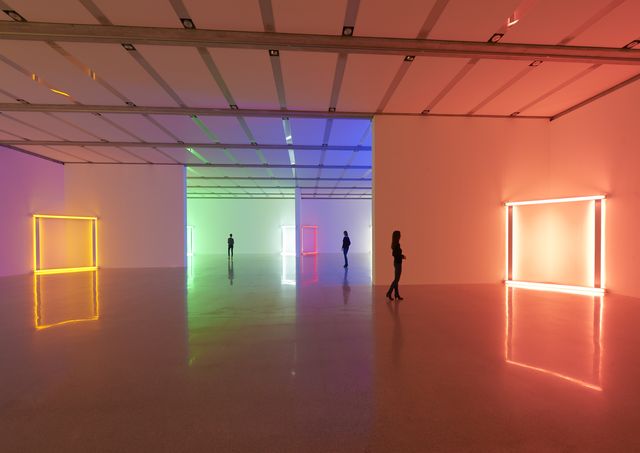




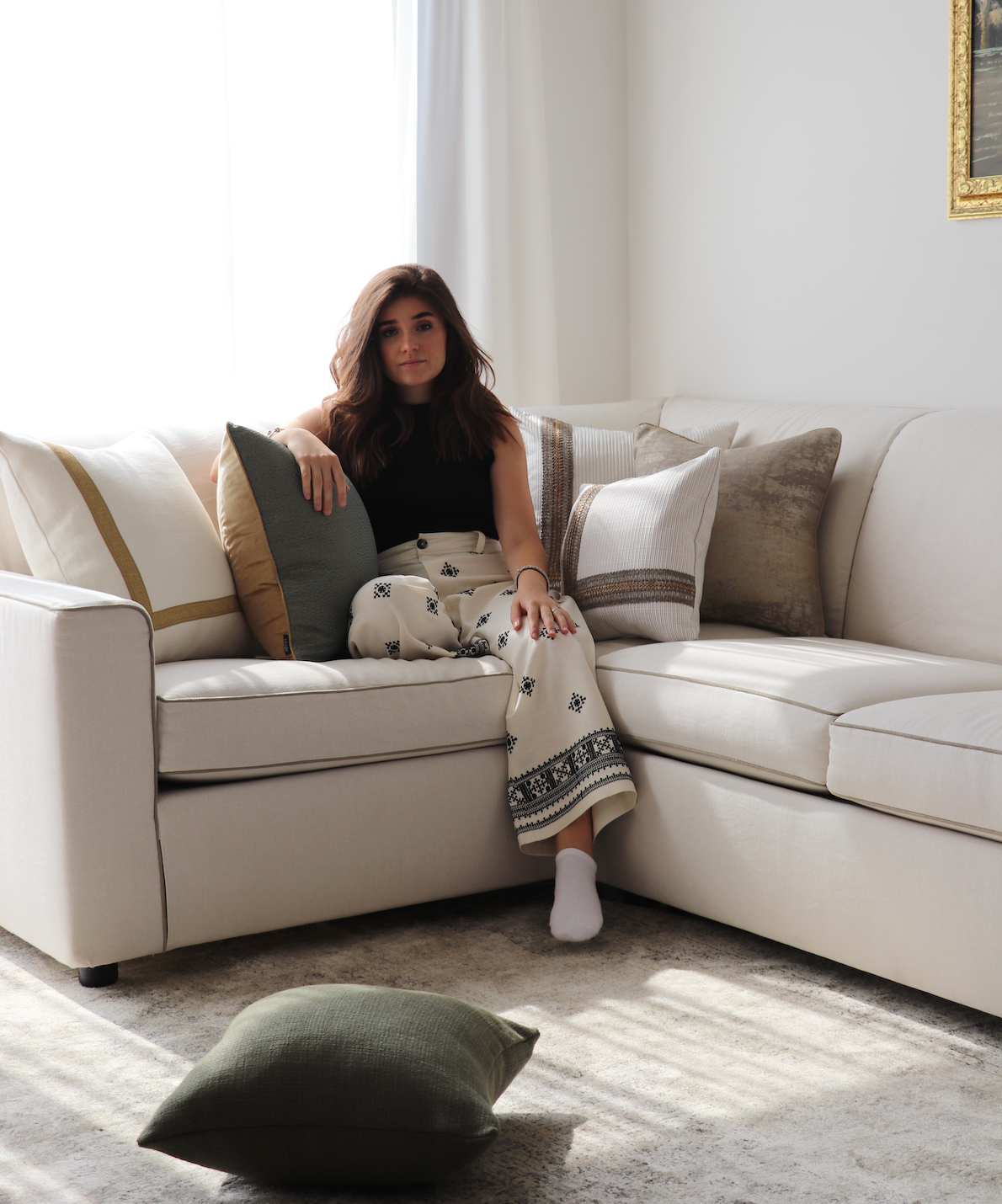
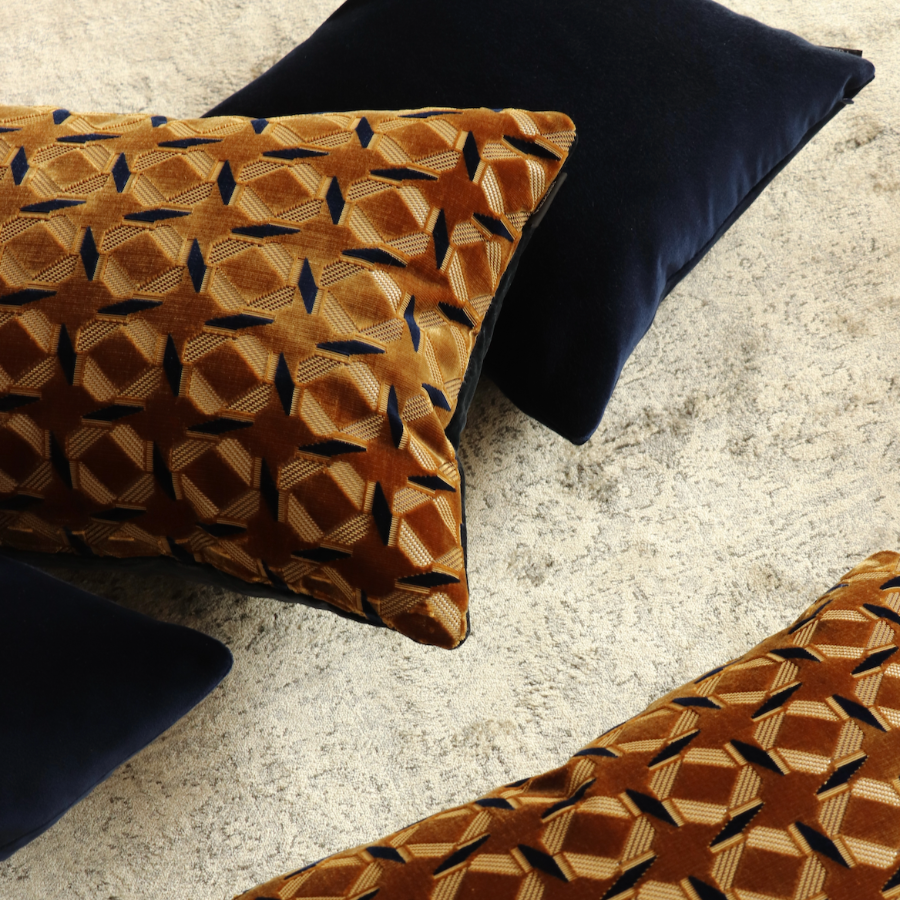

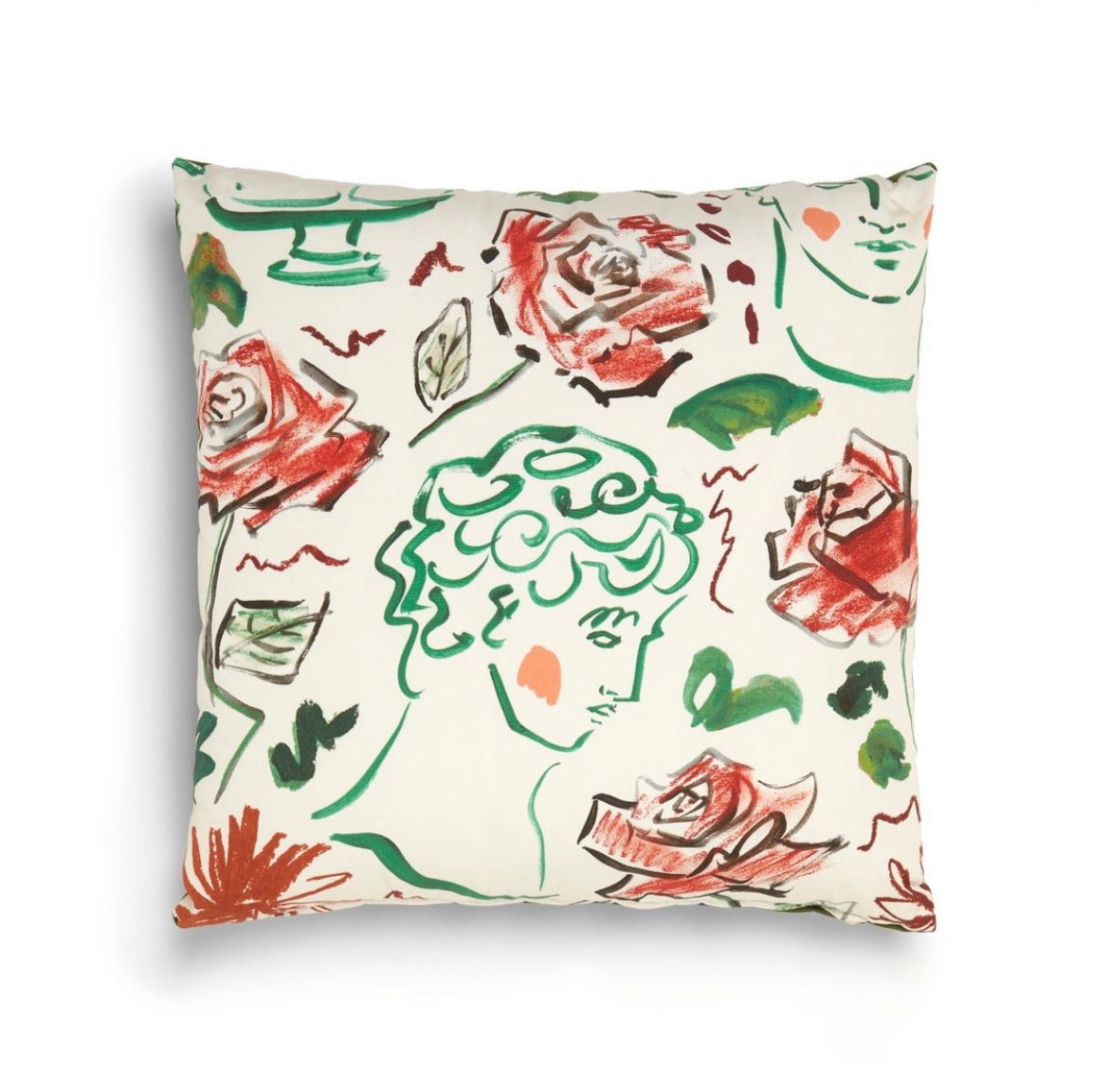
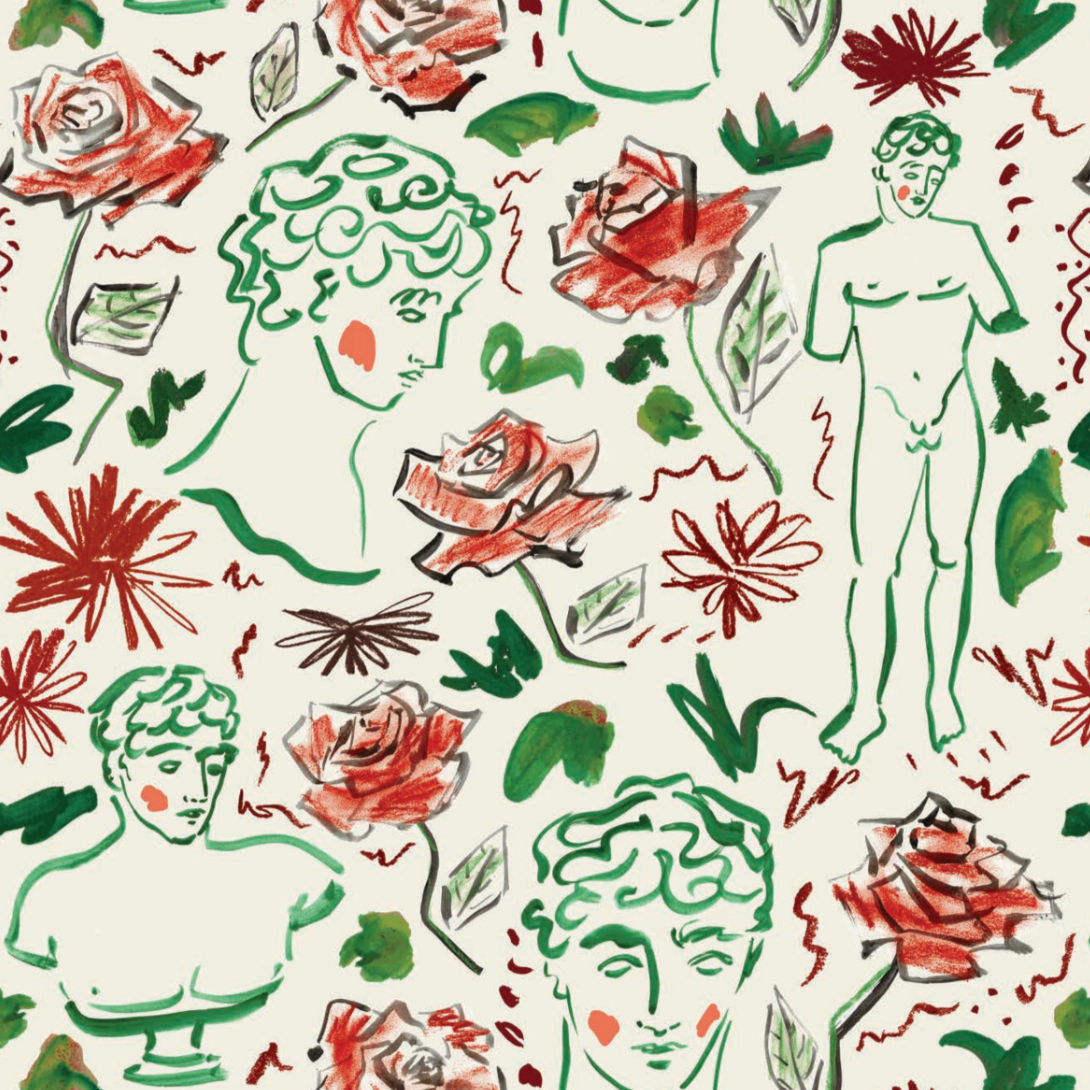
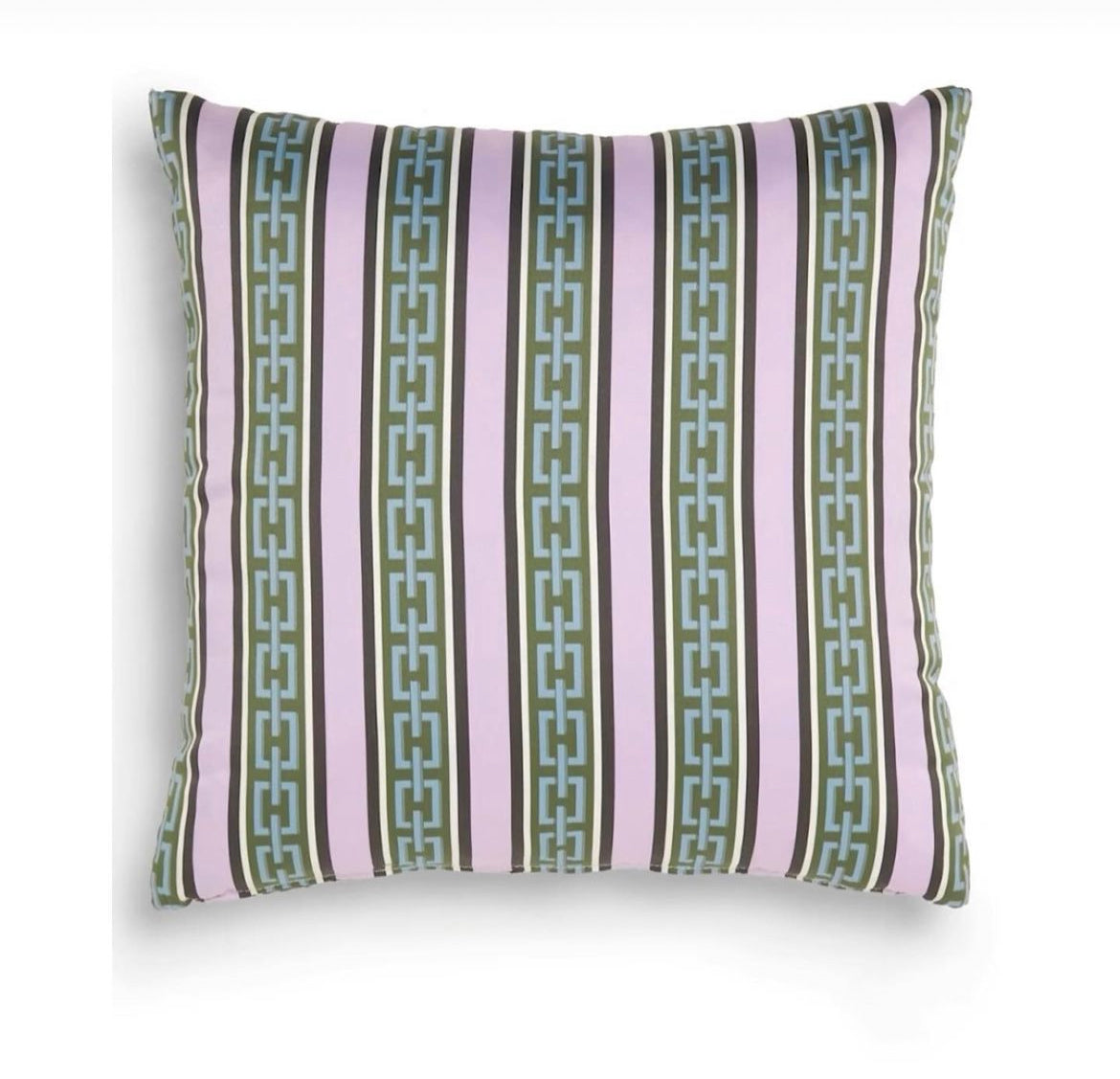
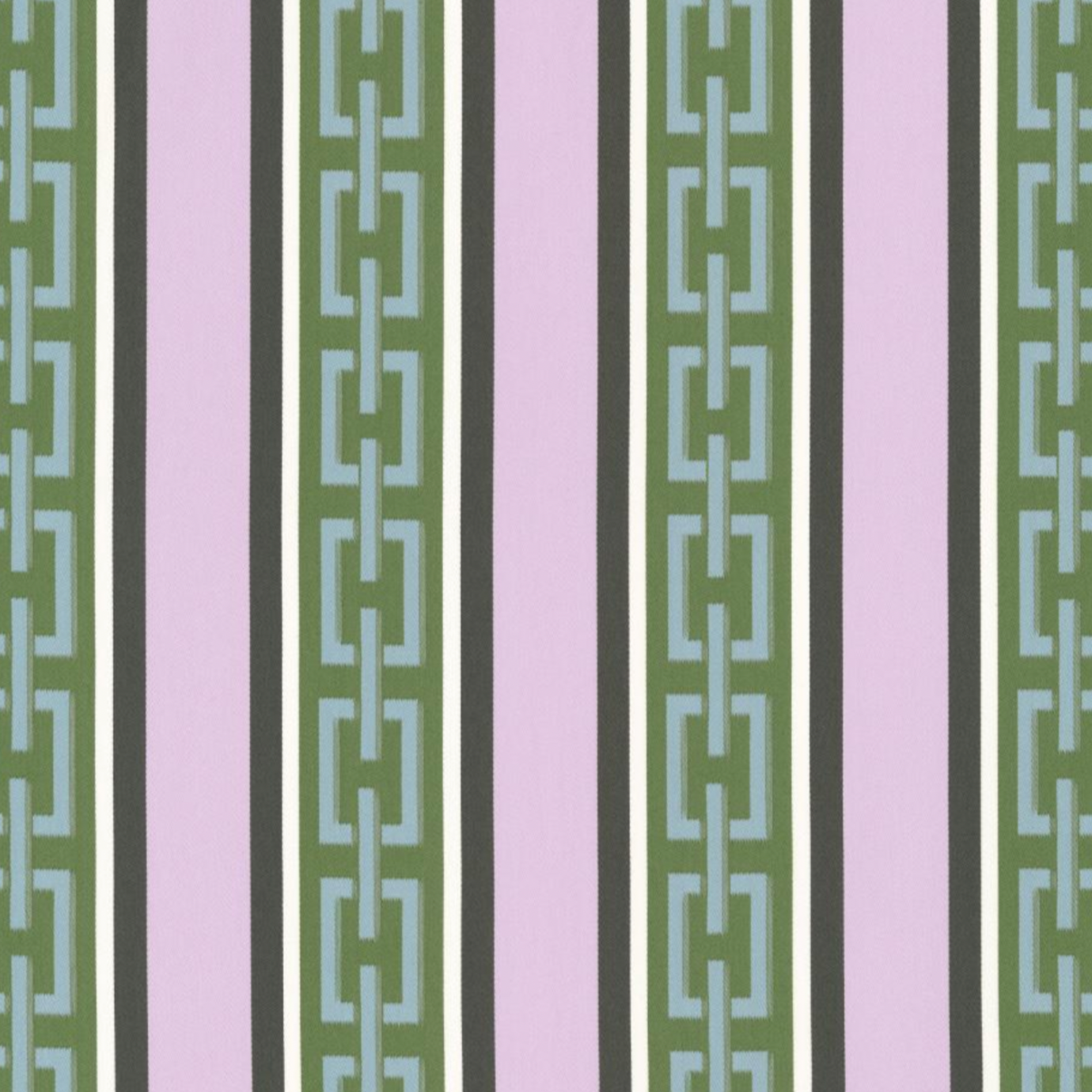
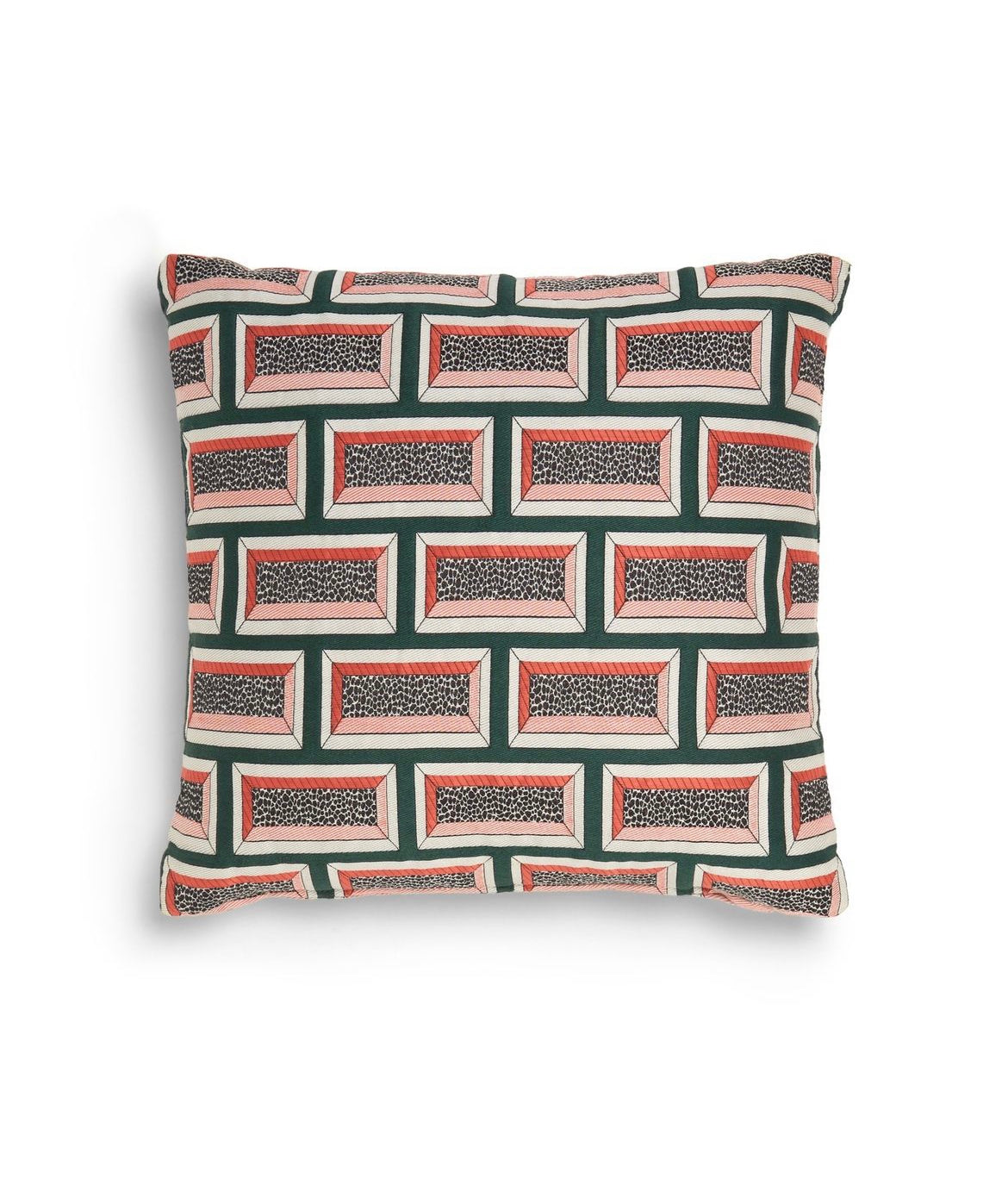
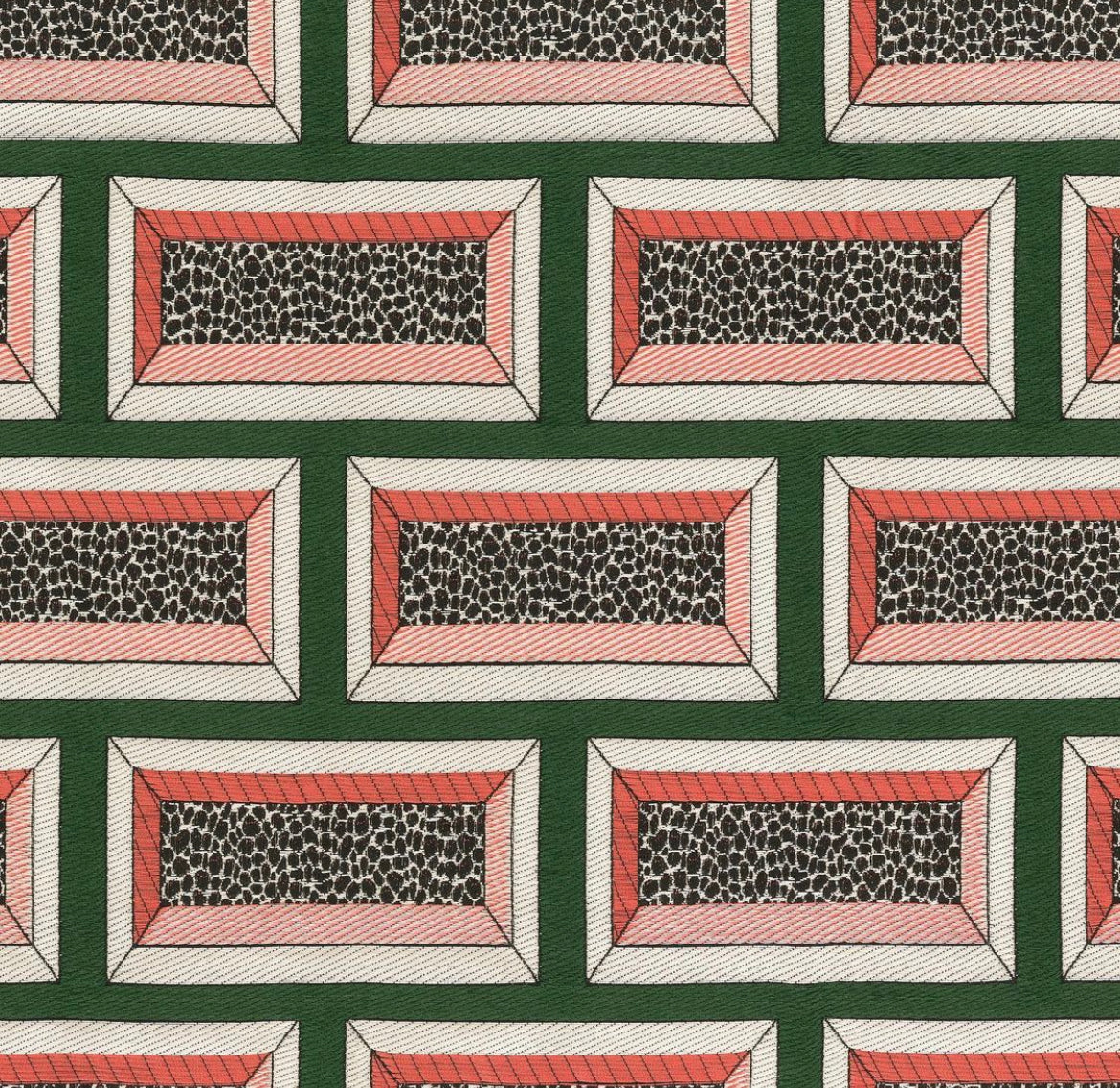
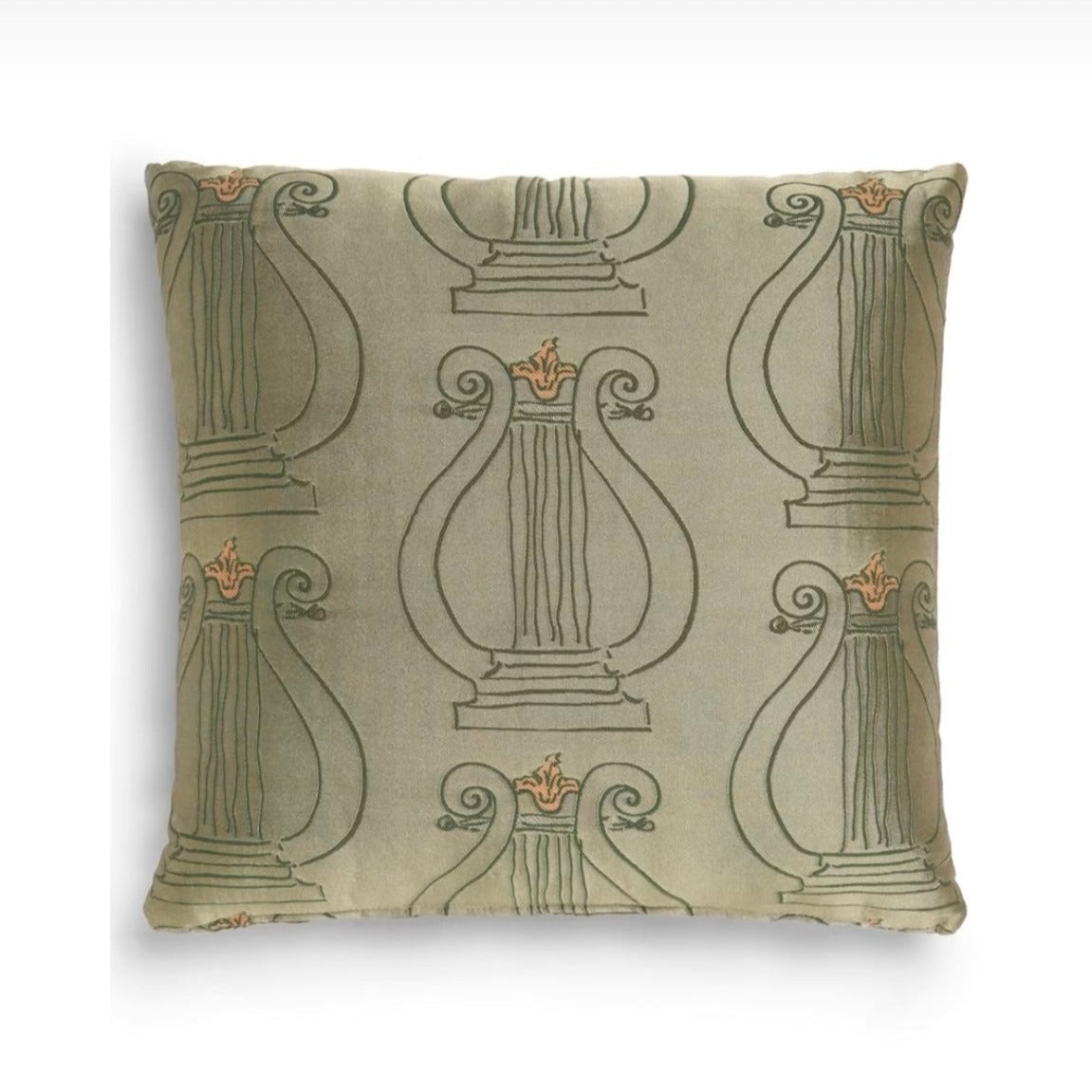
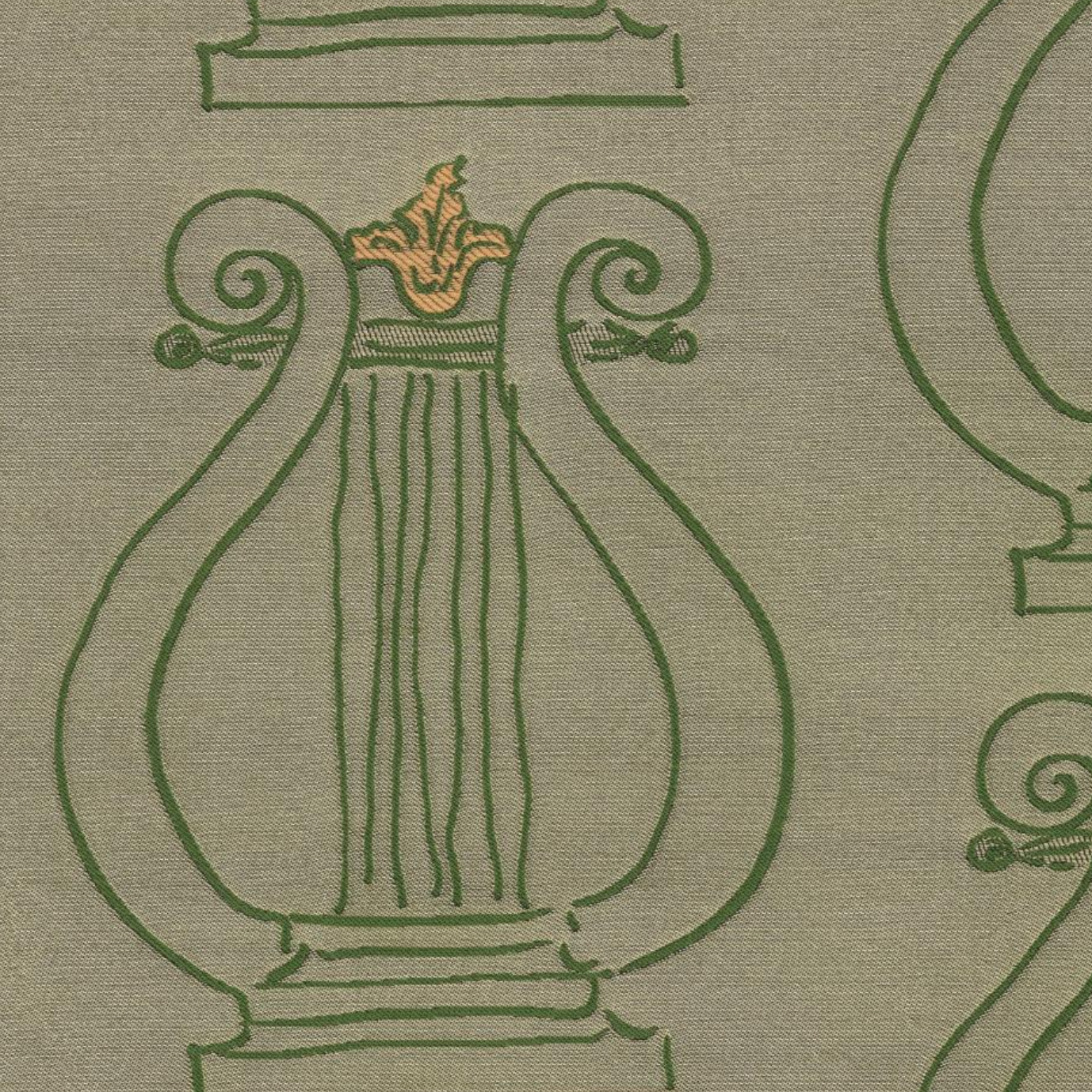
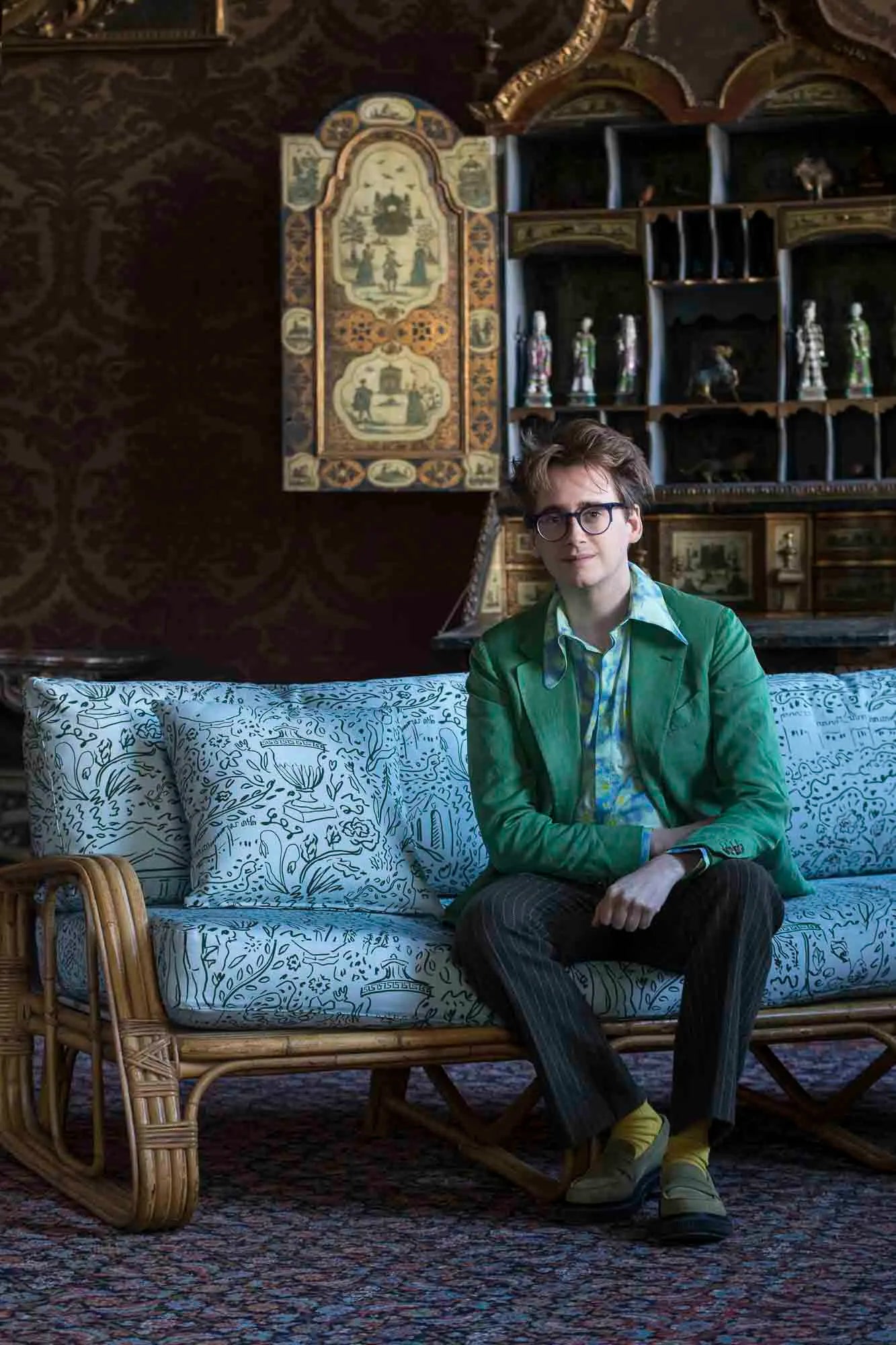

Leave a comment
This site is protected by hCaptcha and the hCaptcha Privacy Policy and Terms of Service apply.